Why you can trust TechRadar
Fuji HS20 review: Our sample images
Although the film simulations effects are a great boon for creative photographers – we found using these options in auto the resulting images lacked the contrast necessary to evoke the emotion intended.
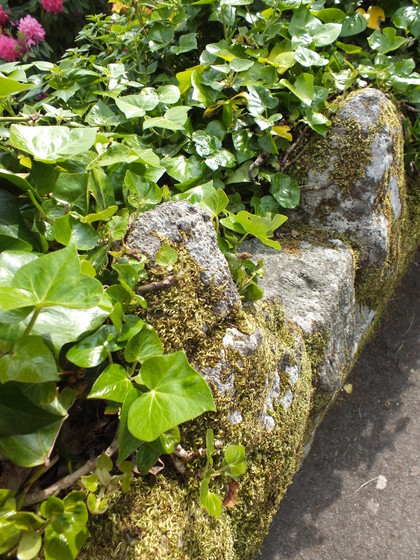
Above: Standard film simulation mode
The HS20 provides a modest set of filter effects including: Soft, Vivid, B&W and Sepia. We found that using the Vivid setting really helped to inject vivacity when using auto modes; as the camera's tendency to overexposure robbed scenes of the natural rich colour and definition.
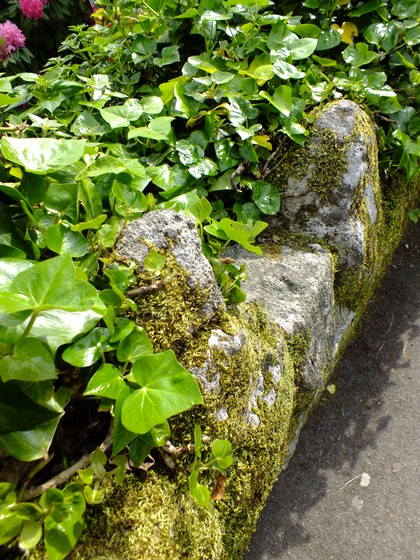
Above: Vivid film simulation mode
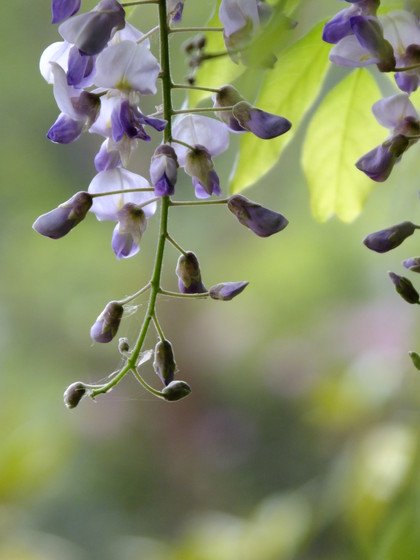
Although the Auto Focus hunts at volume, the results whilst tracking subjects was very impressive. These flowers were swaying erratically in the wind yet the HS20 reproduced the subject in clean and crisp definition.
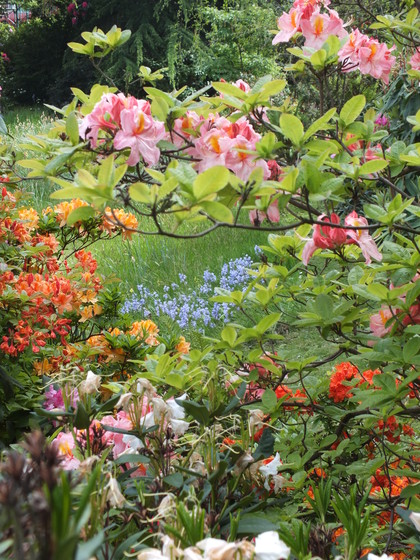
Whilst the camera performed to expectation in manual commands, we discovered that scenes captured in auto modes were slightly overexposed; diluting colours and definition.


One of the HS20's best features is its improved 360 degree panorama mode that records the image as the photographer sweeps round in a circle; automatically stitching the result in camera.
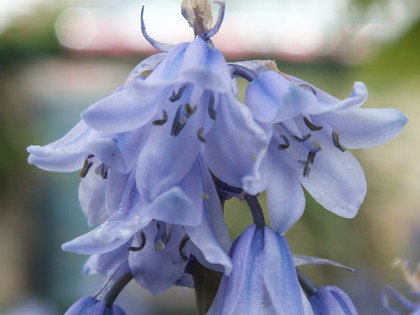
On the whole we found little to complain about in regards of focus, however on the odd occasion we discovered that although the HS20 claimed to have locked focus on subjects in Super Macro mode – the results proved otherwise.
Current page: Fuji HS20 review: Our sample images
Prev Page Fuji HS20 review: Sensitivity images Next Page Fuji HS20 review: Our verdict